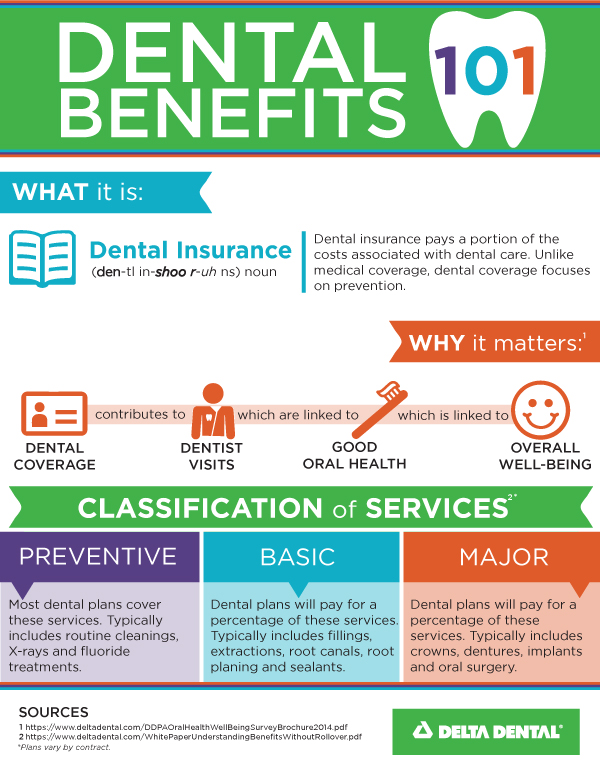Uncover The Transformative Advancements That Are Reshaping Oral Surgery. Look Into The Future Of This Discipline And Maintain A Competitive Edge. Click Now To Gain Understanding Right Into What Exists Ahead
Uncover The Transformative Advancements That Are Reshaping Oral Surgery. Look Into The Future Of This Discipline And Maintain A Competitive Edge. Click Now To Gain Understanding Right Into What Exists Ahead
Blog Article
Personnel Writer-Borg Guerra
Welcome to the world of dental surgery, where developments and developments are shaping the future of the area! In this amazing realm, you'll witness the transformative power of robotics, the innovative marvel of 3D printing, and the game-changing influence of minimally intrusive techniques.
The future of dental surgery holds a pledge of precision, efficiency, and boosted patient results. With the help of advanced robotics, cosmetic surgeons have the ability to perform complex procedures with higher precision and control.
3D printing technology is transforming the creation of oral implants and prosthetics, supplying customized remedies that fit flawlessly right into each patient's special composition.
In addition, minimally intrusive strategies are lowering post-operative discomfort and recuperation time, enabling people to go back to their daily lives earlier.
Prepare hill country dental center to discover the exciting innovations and breakthroughs that are improving the landscape of oral surgery!
Improvements in Robotics
One major innovation in dental surgery is using robotic innovation, which permits precise and effective surgical procedures. With the help of robotic systems, oral specialists have the capability to execute complicated surgical treatments with improved accuracy, lessening the threat of human error.
These robot systems are equipped with sophisticated imaging modern technology and exact instruments that enable cosmetic surgeons to navigate via elaborate anatomical structures effortlessly. By utilizing robotic technology, doctors can accomplish greater surgical precision, causing boosted person outcomes and faster healing times.
Furthermore, making use of robotics in oral surgery allows for minimally invasive procedures, lowering the trauma to bordering cells and promoting faster recovery.
3D Printing in Dental Surgery
To enhance the field of dental surgery, you can check out the subtopic of 3D printing in oral surgery. This ingenious modern technology has the prospective to change the way oral surgeons operate and treat individuals. Here are 4 vital ways in which 3D printing is forming the area:
- ** Customized Surgical Guides **: 3D printing allows for the creation of extremely exact and patient-specific medical guides, enhancing the accuracy and effectiveness of procedures.
- ** Implant Prosthetics **: With 3D printing, oral specialists can produce customized dental implant prosthetics that flawlessly fit a client's unique anatomy, leading to much better results and patient complete satisfaction.
- ** Bone Grafting **: 3D printing makes https://www.gq.com/story/how-to-do-invisalign-right for the production of patient-specific bone grafts, lowering the need for conventional implanting techniques and enhancing recovery and recovery time.
- ** Education and Educating **: 3D printing can be utilized to create practical medical models for academic purposes, allowing dental surgeons to exercise intricate treatments prior to doing them on individuals.
With its prospective to boost precision, customization, and training, 3D printing is an amazing growth in the field of oral surgery.
Minimally Intrusive Strategies
To further progress the area of dental surgery, accept the capacity of minimally intrusive strategies that can greatly profit both surgeons and patients alike.
Minimally intrusive methods are reinventing the field by decreasing surgical injury, minimizing post-operative discomfort, and speeding up the recuperation process. These techniques include using smaller cuts and specialized instruments to do treatments with accuracy and performance.
By using dental services near me , such as cone light beam calculated tomography (CBCT), doctors can accurately plan and carry out surgeries with marginal invasiveness.
Additionally, using lasers in oral surgery permits exact tissue cutting and coagulation, causing reduced bleeding and lowered recovery time.
With minimally intrusive methods, clients can experience faster healing, lowered scarring, and enhanced outcomes, making it a vital aspect of the future of dental surgery.
Conclusion
So, as you can see, the future of dental surgery is unbelievably appealing, with exciting innovations and developments forming the area.
From the developments in robotics to using 3D printing and minimally invasive techniques, oral specialists are reinventing the way they offer treatment.
While teeth whitening north austin might bother with the potential expense associated with these improvements, it is necessary to bear in mind that these technologies eventually improve client outcomes and reduce recovery time, making them well worth the investment in the future.
